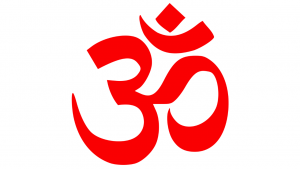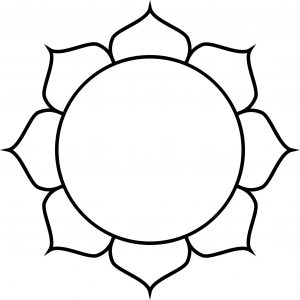Hindu Symbols List, Meaning and Significance

Hinduism is a diverse and ancient religion with a rich tapestry of symbols, each carrying its own unique meaning and significance
Hinduism, one of the world’s oldest religions, is rich with symbols that carry profound meanings and spiritual significance. These hindu symbols symbols, ingrained in the fabric of Hindu culture, serve as a visual language communicating complex philosophical concepts. In this exploration, we’ll delve into a comprehensive list of Hindu symbols, unraveling their meanings and delving into their profound significance.
- Om (Aum):
Meaning: The most revered symbol in Hinduism, Om represents the ultimate reality or Brahman. It encompasses the three fundamental sounds of A, U, and M, symbolizing the waking, dream, and deep sleep states of consciousness.

Significance: Chanting Om is believed to connect the individual with the cosmic vibrations, fostering spiritual awakening and inner peace.
- Swastika:
Meaning: Despite its unfortunate association with Nazism, the swastika in Hinduism is a symbol of auspiciousness and good fortune. It represents the eternal nature of Brahman and the cyclicality of creation.

Significance: The swastika is often drawn on the threshold of homes to invite positive energy and ward off negativity.
- Lotus (Padma):
Meaning: The lotus symbolizes purity and divine beauty. It grows in muddy waters but remains unstained, reflecting the soul’s journey from the material world to spiritual enlightenment.

Significance: Deities are often depicted sitting on lotus thrones, highlighting their transcendence over worldly challenges.
.
- Shiva Linga:
Meaning: The Shiva Linga is a representation of Lord Shiva and the cosmic energy. It symbolizes the unmanifested form of the divine, representing both creation and destruction.

Significance: Devotees worship the Linga as a means to connect with the formless aspect of the divine and seek Shiva’s blessings.
- Trishul (Trident):
Meaning: The Trishul is a symbol of Lord Shiva and represents the three fundamental aspects of existence – creation, preservation, and destruction. It also symbolizes the past, present, and future.

Significance: Devotees believe that the Trishul has the power to destroy evil forces and protect the righteous.
- Ganesha:
Meaning: Lord Ganesha, with his elephant head, symbolizes wisdom, intelligence, and the removal of obstacles. His large ears signify attentive listening, and the broken tusk represents sacrifice.

Significance: Ganesha is worshipped at the beginning of any new endeavor to seek his blessings for success and the removal of obstacles.
- Sri Yantra:
Meaning: The Sri Yantra is a geometric pattern representing the cosmic order and the unity of masculine and feminine energies. It is a powerful tool for meditation and spiritual growth.

Significance: Meditating on the Sri Yantra is believed to bring harmony, prosperity, and spiritual awakening.
- Kalasha:
Meaning: The Kalasha symbolizes abundance and completeness. It consists of a pot filled with water and topped with mango leaves and a coconut, representing the divine presence.

Significance: Used in various rituals, the Kalasha is a symbol of auspiciousness and divine blessings.
- Chakra:
Meaning: The Chakra, or wheel, is a symbol of cosmic order and the cycle of life, death, and rebirth. The wheel represents the eternal nature of the soul.

Significance: The Chakra is associated with Lord Vishnu and is a symbol of divine protection and preservation.
- Tilaka:
Meaning: The Tilaka is a mark applied on the forehead using sacred ash or sandalwood paste. It signifies devotion, auspiciousness, and spiritual awakening.

Significance: Different shapes and colors of Tilaka represent devotion to specific deities and sects within Hinduism.
In the intricate tapestry of Hinduism, hindu symbols play a crucial role in conveying profound spiritual truths. Each symbol carries a story, a philosophy, and a connection to the divine. From the sacred sound of Om to the auspicious Swastika, and the intricate geometry of the Sri Yantra, these symbols serve as a visual guide for the spiritual seeker. Understanding the meanings and significance of these symbols enriches the spiritual journey, providing a deeper connection to the profound wisdom embedded in Hindu culture.